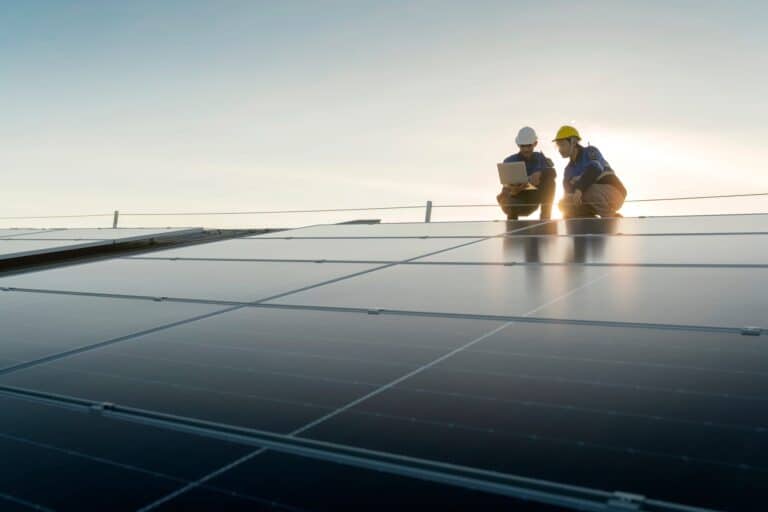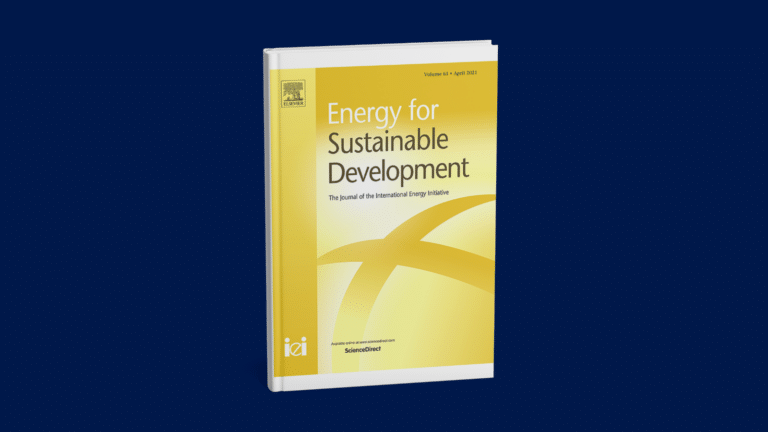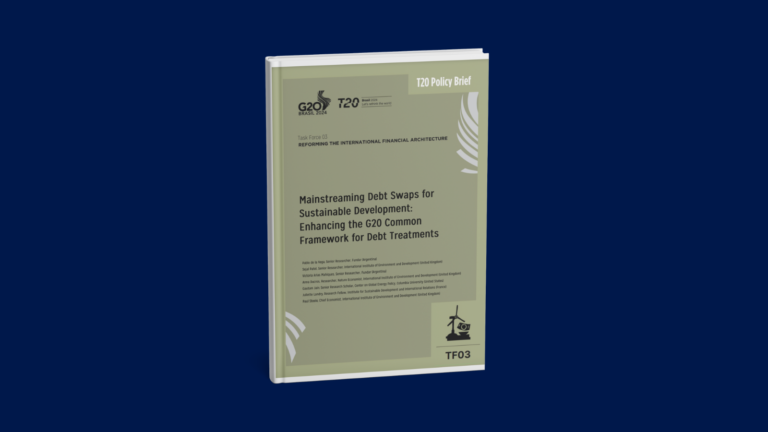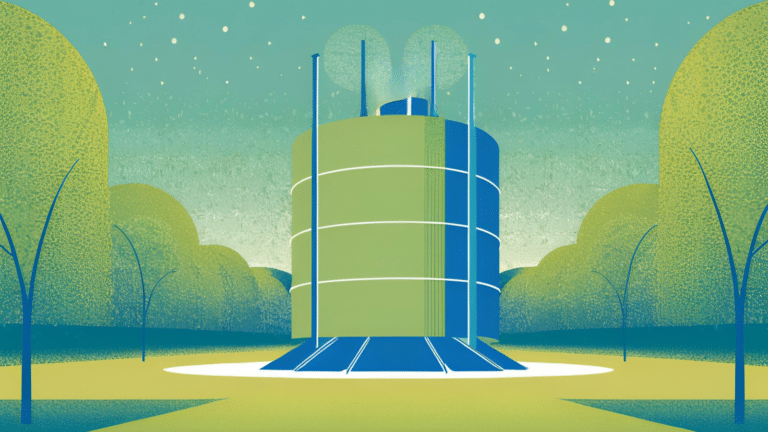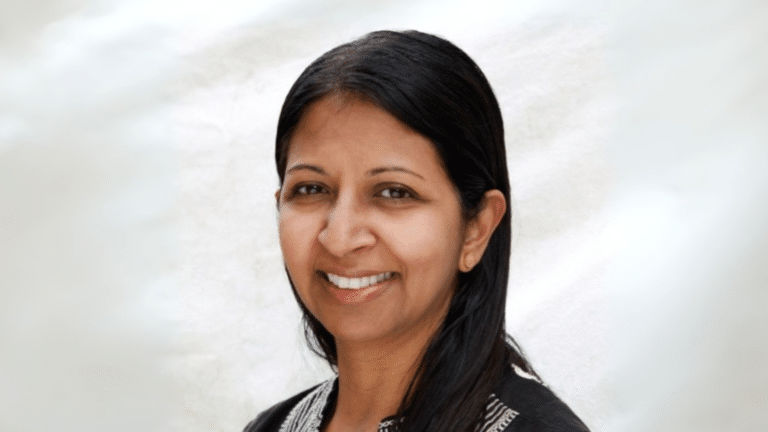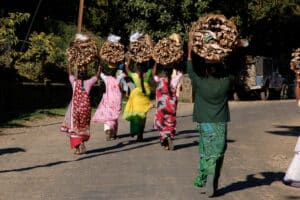This website uses cookies as well as similar tools and technologies to understand visitors’ experiences. By continuing to use this website, you consent to Columbia University’s usage of cookies and similar technologies, in accordance with the Columbia University Website Cookie Notice.
Energy Explained
Insights from the Center on Global Energy Policy
Invisible Women in Energy: Millions of Household Biomass Producers
An estimated 2.4 billion people currently lack access to clean cooking fuels, with the majority relying on biomass (firewood, charcoal, dung) to meet household cooking needs.[1] This is only a slight decrease from 2017, when 2.5 billion people lacked access to clean cooking fuels.[2] Of those who continue to lack this access, the majority—923 million—live in sub-Saharan Africa, followed by 490 million in India.[3] While India decreased its population without access by about 30 percent from 2010 to 2020, Africa has seen an increase of more than 50 percent over the same period, driven by a rising number of poor, tepid government policies to address this issue, and overarching poverty challenges.[4] These figures are likely to remain persistently high at about 2.2 billion over the next decade, roughly split between India and other parts of developing Asia on the one hand, and sub-Saharan Africa on the other.[5]
Hidden behind these figures are the people who produce the biomass that powers most of this energy use: often it’s women and girls who are tasked with this labor. In this article, the authors discuss why it’s important to see these women and girls—potentially the largest segment of the energy labor force today and in the foreseeable future—as producers and workers. In understanding them as a formidable workforce of biomass producers, their knowledge and experience can inform ongoing efforts of electrification, clean cooking alternatives, gender rights, and overall poverty alleviation. It is also equally important to recognize this workforce in order to improve its working conditions on the path to building a more inclusive energy workforce toward net zero emissions.
While the United Nations Sustainable Development Goal #7 (SDG 7)[6] draws attention to the need to eliminate the use of non-clean cooking techniques that kill millions each year, the working conditions under which women toil today to produce biomass also merits greater attention. As the World Bank reported recently, “across most of Sub-Saharan Africa and in parts of China, women are the primary fuel wood collectors,”[7] which is also the case in areas of South Asia.[8] This is time-consuming and physically demanding work that can involve “collecting and carrying loads of wood that weigh as much as 25-50 kilogrammes”[9] and can “take up to 20 or more hours per week.”[10]
Estimating the Size of this Workforce
Just how many women are working in this area? A preliminary estimate—based on data regarding the number of households relying on biomass for cooking and the rate of participation of women in this labor—puts the number at over 300 million.[11] Overall, while there is reliable data on lack of access to clean cooking,[12] reliance on biomass,[13] and deforestation trends,[14] there is a gap in knowledge about the (wo)man power it takes to produce biomass.
This gap may stem from the way issues around biomass are often discussed in the SDG 7 context. For example, data on the lack of access to clean cooking primarily informs solutions to shift cooking norms and electrification pathways and efforts to obviate the need for women to labor in producing biomass, while data on biomass reliance feeds into conservation and land use efforts. Such efforts, however, tend to overlook women as an energy workforce, even though across sub-Saharan Africa, India, parts of China,[15] and Latin America, women and young girls collect and make the biomass necessary to power their homes, including for heating.
Organizations focused on gender parity, such as SEforAll, come closer to recognizing the work of these women and girls, but they, too, frame their efforts in line with clean cooking initiatives rather than labor conditions or rights. For instance, research on the number of hours spent collecting firewood and preparing meals is used to discuss cultural and gender roles that lead to systemic disadvantages for women and girls.[16] A missing link in all of these narratives and frameworks is understanding the size and importance of this workforce and how it might inform different strategies.
Embracing a Worker-Producer Narrative
Calculating the number of women and girls in their capacity as biomass producers reframes the perception of them as passive consumers (i.e., cooks) to active self-producers of the household energy sector. This framework can bolster efforts mentioned above in the following ways:
First, it reframes biomass—from an issue singularly belonging to the clean cooking initiative— and places it more broadly in the context of workers’ rights. Despite numerous clean cooking campaigns,[17] poor women and girls will continue to produce biomass for their families for the foreseeable future. As important as it is to make access to clean cooking technologies universally available, what can be done for those producing their own energy in the meantime? For example, these could be solutions such as creating wood stalls in more accessible areas to reduce collection times, or developing more ergonomic harnesses for carrying the wood to reduce the physical burden of the work. In addition, can more income-generating opportunities be created to help reduce the poverty of these women and girls?
Second, it informs policies around building an inclusive energy workforce. Recognizing that there is already a female-run and -operated energy workforce across the developing world has implications for workforce policies governing the energy transition. For example, when it comes to the ability to tap into this existing labor force, does reskilling apply to this workforce as it does to coal miners? Moreover, by focusing on improving the labor conditions of women and girl biomass producers, this framework intersects with SDG 5: achieve gender equality and empower all women and girl. Organizations such as the Clean Cooking Alliance that aim to “increase the role of women in the clean cooking sector”[18] and collect data on the number of hours required for biomass production could benefit from such a framework.
Third, research that intentionally includes groups underserved and underrepresented in data can inform policies for a just energy transition. Capturing the number of women and girls producing biomass can lead to important discoveries for improving their lives while informing the energy transition. For instance, surveys and fieldwork to collect the amount of biomass producers could also be used to track energy consumption and production trends that inform electrification efforts. Many biomass collectors live on the margins or in rural areas, and research geared toward their energy needs can inform, for example, decentralized renewable energy projects[19] and help anticipate their consumption patterns.
This energy workforce comprises some of the poorest people in the world—women, girls, and people of color—and that may partly explain why their labor and working conditions have received relatively less attention. The latest Intergovernmental Panel on Climate Change (IPCC) report[20] and other research puts the world on a tight timeline for lowering emissions. Existing frameworks for achieving a clean energy transition can be strengthened through approaches that recognize and acknowledge the agency of biomass energy producers made up of millions of women and girls.
Notes
[1] World Health Organization, “WHO Publishes New Global Data on the Use of Clean and Polluting Fuels for Cooking by Fuel Type,” press release, January 20, 2022, https://www.who.int/news/item/20-01-2022-who-publishes-new-global-data-on-the-use-of-clean-and-polluting-fuels-for-cooking-by-fuel-type.
[2] International Energy Agency, “WEO-2017 Special Report: Energy Access Outlook – Analysis,” October 2017, https://www.iea.org/reports/energy-access-outlook-2017.
[3] International Energy Agency, “Tracking SDG7: The Energy Progress Report,” June 2022, https://www.iea.org/reports/tracking-sdg7-the-energy-progress-report-2022.
[4] Philippe Benoit and Jully Merino, “The Invisible Women in Energy: Biomass Producers Who Deserve More Recognition,” Inter Press Service, April 8, 2021, https://www.ipsnews.net/2021/04/invisible-women-energy-biomass-producers-deserve-recognition/.
[5] IEA, “Tracking SDG7,” https://www.iea.org/reports/tracking-sdg7-the-energy-progress-report-2022.
[6] United Nationals Department of Economic and Social Affairs, “Goal 7,” accessed June 29, 2023, https://sdgs.un.org/goals/goal7.
[7] ESMAP et. al, “The State of Access to Modern Cooking Energy Services,” World Bank, 2020, at p. 21.
[8] Global Alliance for Clean Cookstoves, “Gender and Livelihoods Impacts of Clean Cookstoves in South Asia,” 2014, https://www.cleancookingalliance.org/binary-data/RESOURCE/file/000/000/363-1.pdf.
[9] International Energy Agency, World Energy Outlook 2019, https://www.iea.org/reports/africa-energy-outlook-2019, p. 37.
[10] Global Alliance for Clean Cookstoves, “Gender and Livelihoods Impacts of Clean Cookstoves in South Asia,” https://cleancooking.org/binary-data/RESOURCE/file/000/000/363-1.pdf.
[11] Philippe Benoit, “Women Are the Forgotten Energy Providers in the Climate Conversation,” World Economic Forum, January 13, 2022, https://www.weforum.org/agenda/2022/01/women-biofuel-climate/.
[12] IEA, “Tracking SDG7,” https://www.iea.org/reports/tracking-sdg7-the-energy-progress-report-2022.
[13] WHO, “WHO Publishes New Global Data on the Use of Clean and Polluting Fuels for Cooking by Fuel Type,” https://www.who.int/news/item/20-01-2022-who-publishes-new-global-data-on-the-use-of-clean-and-polluting-fuels-for-cooking-by-fuel-type.
[14] Global Forest Watch, “Global Deforestation Rates & Statistics by Country,” accessed June 29, 2023, https://www.globalforestwatch.org/.
[15] Ziming Liu, Jia Li, Jens Rommel, and Shuyi Feng, “Health Impacts of Cooking Fuel Choice in Rural China,” Energy Economics 89 (June 2020): 104811. https://doi.org/10.1016/j.eneco.2020.104811.
[16] Clean Cooking Alliance, “Gender and Clean Cooking Factsheet,” March 29, 2021, https://cleancooking.org/reports-and-tools/gender-factsheet/.
[17] Energydata.info, “Initiative – Clean Cooking,” accessed June 29, 2023, https://energydata.info/cooking/initiativesandplayersdatabase/initiatives.
[18] Clean Cooking Alliance, “Gender and Clean Cooking Factsheet,” https://cleancooking.org/reports-and-tools/gender-factsheet/.
[19] Andrea Willige, “Decentralized Renewable Energy Could Meet Africa’s Vast Needs and Make an Important Leap In Decarbonization,” Forbes Mitsubishi Heavy Industries Brand Voice, September 27, 2021, https://www.forbes.com/sites/mitsubishiheavyindustries/2021/09/27/decentralized-renewable-energy-could-meet-africas-vast-needs-and-make-an-important-leap-in-decarbonization/.
[20] Intergovernmental Panel on Climate Change, “AR6 Synthesis Report: Climate Change 2023,” Accessed June 29, 2023, https://www.ipcc.ch/report/ar6/syr/.
More on Energy Explained Energy Explained
Energy and Climate Issues During the Trump Administration’s First 100 Days
President Donald Trump has made energy a clear focus for his second term in the White House. Having campaigned on an “America First” platform that highlighted domestic fossil-fuel growth, the reversal of climate policies and clean energy incentives advanced by the Biden administration, and substantial tariffs on key US trading partners, he declared an “energy emergency” on his first day in office.

Insights from the US and India for Electricity Open Access in Kenya and South Africa
Kenya and South Africa have recently started moving toward an open access regime in their electricity sectors, while the US and India have been on this path for over two decades.

US State Actions to Help Fossil Fuel Communities Navigate the Energy Transition
This Energy Explained post represents the research and views of the author. It does not necessarily represent the views of the Center on Global Energy Policy. The piece...
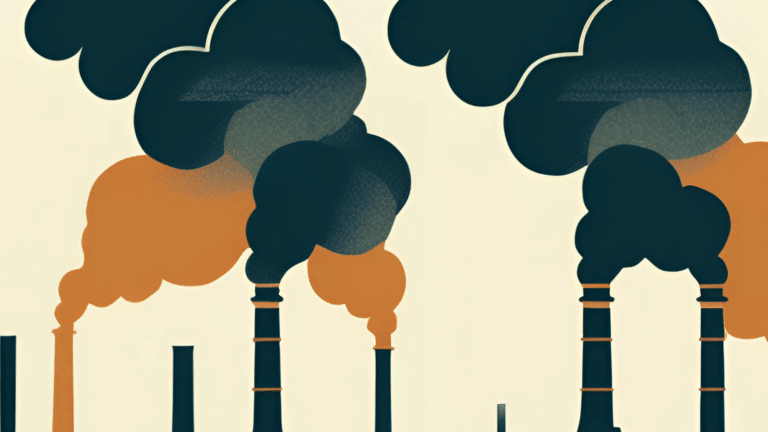
How the Next US President Could Shape Energy and Climate Policy
November’s election for president of the United States will have crucial implications for the nation’s and world’s energy and climate policies.
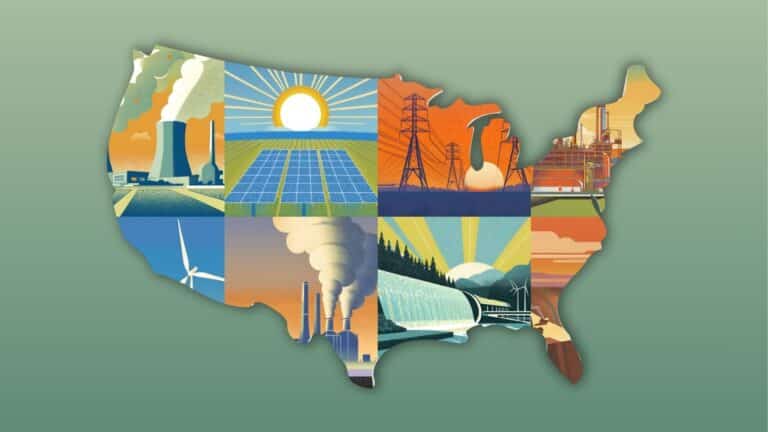
Relevant
Publications
Realizing the Potential of Just Energy Transition Partnerships in the Current Geopolitical Environment
The Just Energy Transition Partnership (JETP) framework[1] was designed to help accelerate the energy transition in emerging market and developing economies (EMDEs) while embedding socioeconomic[2] considerations into its planning and implementation.
